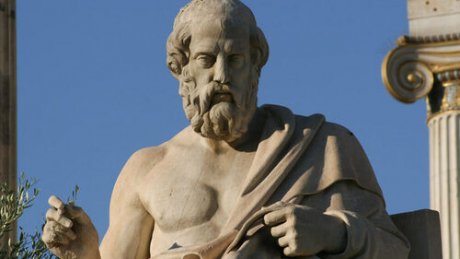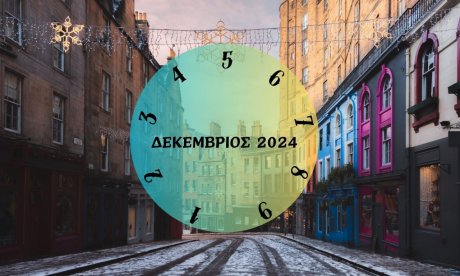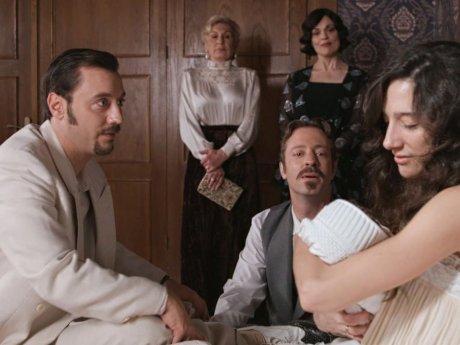Greece's valuable 'blue forests' reveal their secrets
Hidden below the surface of the sea are the so-called "blue forests" or posidonia seagrass "meadows" that abound on the seabed, creating one of the most valuable habitats in the Mediterranean.

"They are virtually everywhere but they are not seaweed. They are ordinary plants. Marine, flowering plants, just like those we have on the shore. Essentially, they have migrated back to the sea from the shore," WWF biologists Vaggelis Paravas told the Athens-Macedonian News Agency.
As he explained, the meadows of posidonia seagrass constitute a "small miracle" that is not seen in any other place in the world, providing valuable "environmental services" to both humanity and the sea creatures that find refuge there.
"Posidonia is a type of plant that only exists in the Mediterranean. We do not find it in any other place in the world. It is very common but also very important for marine ecosystems," Paravas said. Not only do these plants protect beaches from erosion, he noted, serving as fertiliser for plants that contain the sand, but also serve as "sinks of blue carbon" that remove carbon dioxide from the atmosphere.
"Posidonia is found in very shallow waters, up to 45 metres deep, precisely because it is a plant that needs sunlight to photosynthesise," he said, while it is also very sensitive to the cleanliness of the water, pollution and cloudiness. He noted that every square metre of healthy seagrass meadow generates up to 20 litres of oxygen a day, while the "blue forests" store roughly 10 pct of the carbon absorbed by the oceans every year.
"Luckily, in our country we do not have significant pollution in most areas, only in enclosed bays and ports. Therefore, whenever we see long leaves of posidonia we have every reason to swim without fear because the sea is clean and inviting, not just for swimmers but for hundreds of fish and sea creatures," he added.
The dangers threatening the posidonia seagrass meadows
Human activities are the only threat to seagrass and the most significant such activity in Greece at present is boats laying their anchors, Paravas said. Even though the meadows are considered a priority protected habitat by the EU and many areas in Greece have been given NATURA status because of them - protecting them from damaging fishing practices that use nets that drag the sea bed - the laying of anchors is currently affecting the state of posidonia forests.
Paravas noted that anchors do not damage the seagrass only at the point where they alight but also with their chains and the circular movement of the boats, which create vast clearings of damaged seagrass around each anchor. "If a great many water craft visit, the repeated threat will eventually completely uproot the posidonia leaves and the meadow dies off," he added.
Recovery takes a very long time, Paravas pointed out, and where ecosystems become too damaged they turn into "sea deserts" where nothing lives. At this point, the trapped carbon dioxide in the leaves and roots is released back into the atmosphere.
WWF, the Hellenic Centre of Marine Research and the Cyclades Preservation Fund have joined forces to protect these marine "carbon sinks", together with partners from France, Tunisia and Turkey as part of the "Blue Forests of the Mediterranean" project.
The aim is to estimate their size and the extent of the threat posed by uncontrolled anchorage using satellites and other data, using data from Gyaros and the Small Cyclades islands, which are significant tourist destinations, to assess the pressure put on these ecosystems.
Among the measures proposed to protect the seagrass meadows will be the installation and licencing of fixed anchorage points riveted to the seabed that do less damage, while attempts will also be made to engage the local communities in their protection and management.
.jpg?t=VStzUAhP-OqSf24RmKub9Q)






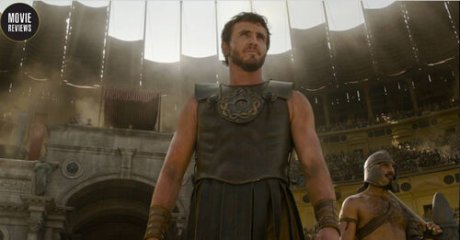

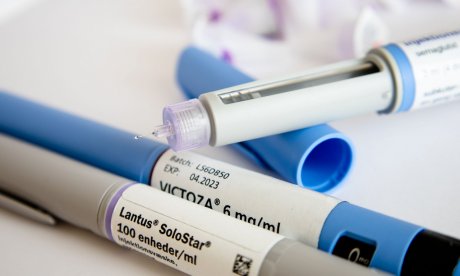



.jfif)

